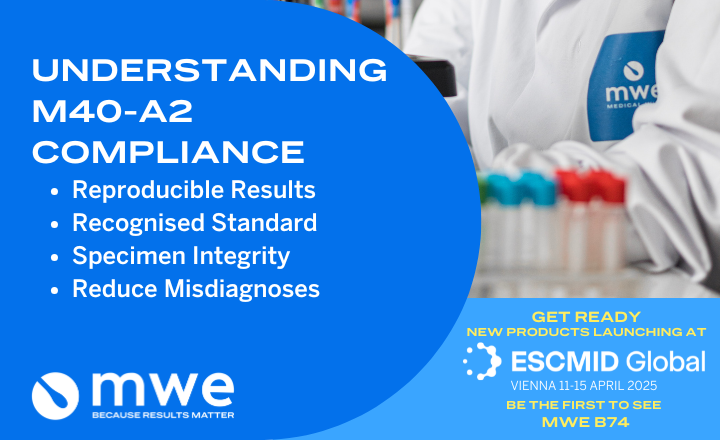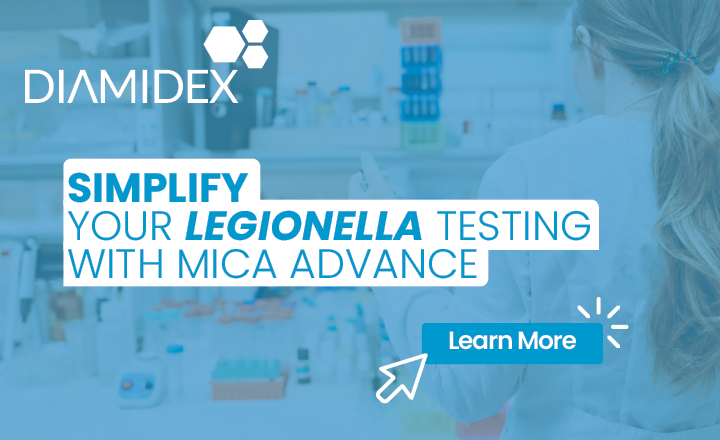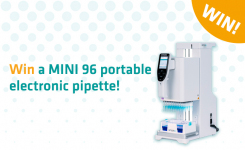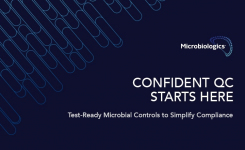- Microbiome Insights' service uses high-throughput sequencers, sequencing strategies, and advanced bioinformatics pipelines.
- Service includes experimental design and sampling, RNA extraction, library preparation, quality control, and bioinformatics analysis, allows analysis of microbial communities by generating longer sequences (up to 4kb).
- Long-read sequencing is a powerful tool for investigating microbial communities, enabling precise retrieval of strain-level details and the detection and categorization of particular genes.
Microbiome Insights Inc., has launched its new long-read sequencing services for both amplicon and shotgun metagenomics. Utilizing cutting-edge high-throughput sequencers, sequencing strategies, and advanced bioinformatics pipelines, the service is ideal for academic, clinical, and industry researchers looking for the next breakthrough in microbial research. The long-read sequencing service at Microbiome Insights follows a rigorous workflow that includes experimental design and sampling, RNA extraction, library preparation, quality control, and bioinformatics analysis. This new service allows the analysis of microbial communities by generating longer sequences (up to 4kb).
Malcolm Kendall, CEO of Microbiome Insights, remarked, “The microbiome field has seen remarkable advancements, yet its complexities demand better tools for scientific progress. We are thrilled to introduce our long-read sequencing services to help deliver an enhanced understanding of the microbiome and its functional implications to our clients.”
Why choose long-read over short-read?
There are a number of limitations with short-read sequencing. When you sequence smaller fragments of DNA as is done in short-read sequencing, complex algorithms are required to reconstruct the longer sequence contigs, which can lead to inaccurate and incomplete genomic assemblies. While short phylogenetic markers (e.g., one to a few variable regions of the rRNA gene) are usually accurate down to the genus level, the full-length rRNA operon can provide information about the microbiome composition at the species level. Long-read amplicon sequencing is a powerful tool for investigating microbial communities. This technique provides insights into microbial community composition, evolutionary connections, and associations with the environment by analyzing variations in sequence and abundance within the targeted regions.
Long-read metagenomic sequencing enables precise retrieval of strain-level details and the detection and categorization of particular genes, as well as uncovering virus communities overlooked by targeted sequencing approaches. Long-read sequencing is a more powerful tool for genome assembly due to its greater ability to read these highly repetitive regions which can result in assembly of whole genomes (metagenome assembled genomes).
Recognized as the "Method of the Year in 2022" by Nature Methods, long-read sequencing represents a paradigm shift in microbial analysis. Microbiome Insights’ new long-read sequencing service empowers researchers to elevate their analysis of microbial communities for applications in medical research, biotechnology, environmental microbiology, and more.
For more information on Microbiome Insights’ long-read sequencing services, use the Request Information button below or visit microbiomeinsights.com























